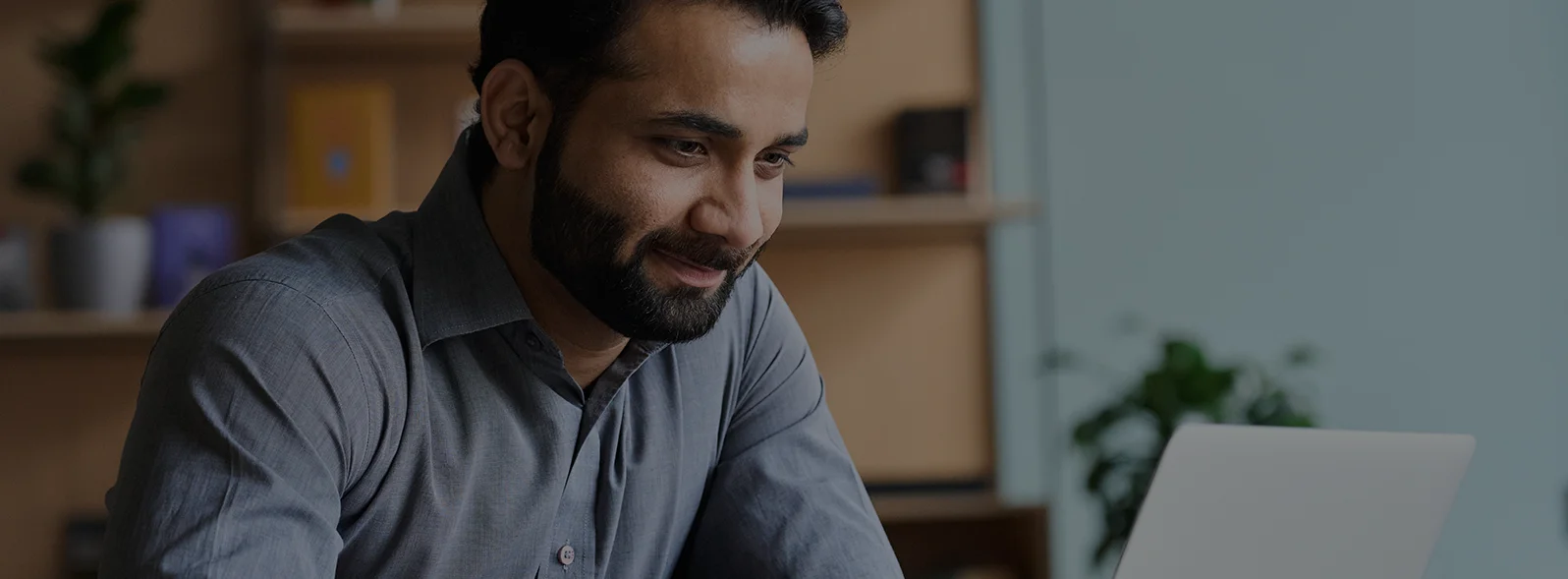No matter what industry you’re in, an online portfolio will help to achieve your career goals.
How does a professional portfolio differ from your resume? Your online portfolio is more than just a collection of work, it’s a personal website that says as much about you as an employee as it does about your work.
Portfolios are more visually engaging and interactive compared to a resume, however don’t be tricked into thinking you need graphic design expertise up your sleeve to build one.
Follow our guide to find out how you can easily create a portfolio that stands out.
Choose what you want to showcase
Firstly, you need to establish what you’d like to show and tell to your prospective employers. Start by collating samples of your work that are relevant to the job you’re seeking.
If you don’t already have a list of projects, start by making one. Order them by significance and try to include a variety of work that displays different skills or experience.
Use visual elements to accompany your samples of work. This could be an image of a completed project, or something as simple as a logo of a notable company you’ve worked for.
Use a smart structure
Clients, recruiters and hiring managers don’t have hours on end to scroll back and forth through your portfolio. Similarly to the layout of your resume; a portfolio should contain important information at the top. However, an online portfolio has significantly more real estate than a single page resume, so the layout needs to be closely considered.
Try to keep it simple and in a format that’s easy to navigate. You can include categories or a “projects” section that allows the viewer to explore your work individually, without becoming overwhelmed.
Convey your personal brand
A sure fire way to stand out from the crowd is to own your personal brand. Job hunts leave you competing against others with similar skills, qualifications and work experience. A strong personal brand will highlight your personality and values; helping to differentiate you from others. Include some information about your background and what you’re like to work with. Remember to keep this clear, concise and interesting!
Eager to learn more? Read our article on the 5 reasons why you should build a personal brand.
Find the right platform
There is an abundance of options when it comes to choosing your online platform. If your web skills are minimal, look for sites that offer individual web page portfolios or templated sites such as WordPress. You can use a range of features to build your website and showcase your creativity if you have an eye for design.
You’ll discover many great examples of portfolios online, so do some initial research to find inspiration and gain a better understanding of your industry’s standards.
Once you’ve built your portfolio and you’re ready to share it; include a link on your LinkedIn profile so it’s easy to find. Don’t have a LinkedIn profile? Find out how it can help your career.
Keep it up to date
Once you’ve completed your portfolio and you’re happy with the end product, don’t let all your hard work sit in cyberspace to gather dust. Even when you land your next gig, treat your portfolio as a work in progress and continue to update it as you grow and gather more experience. This will make future job hunts a little more streamline.
Get creative and start showing off your skills, experience and personal brand through an online portfolio.















